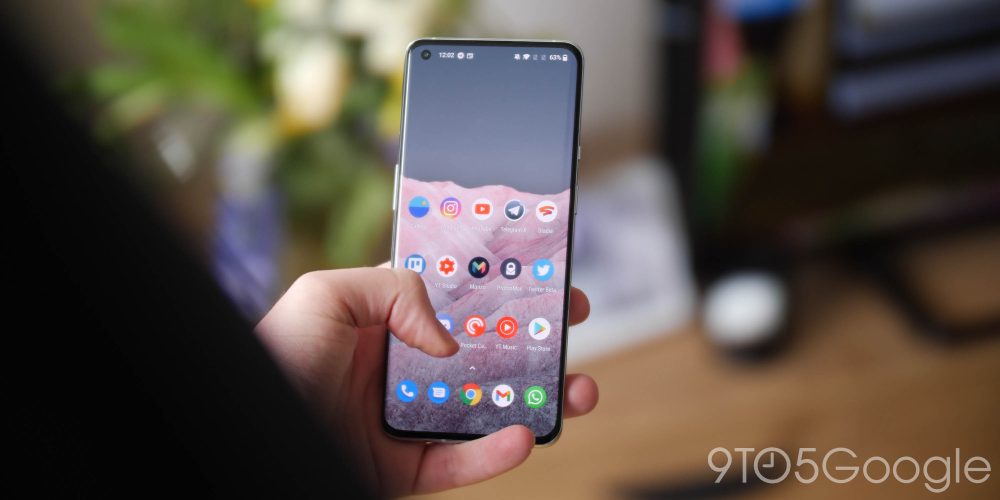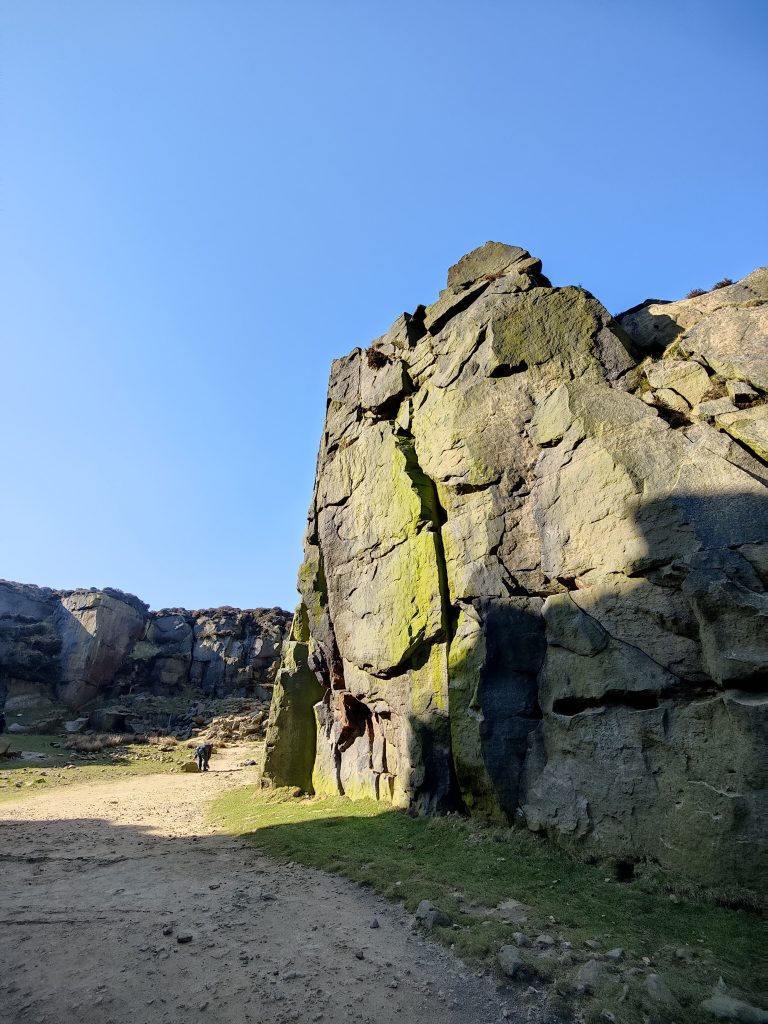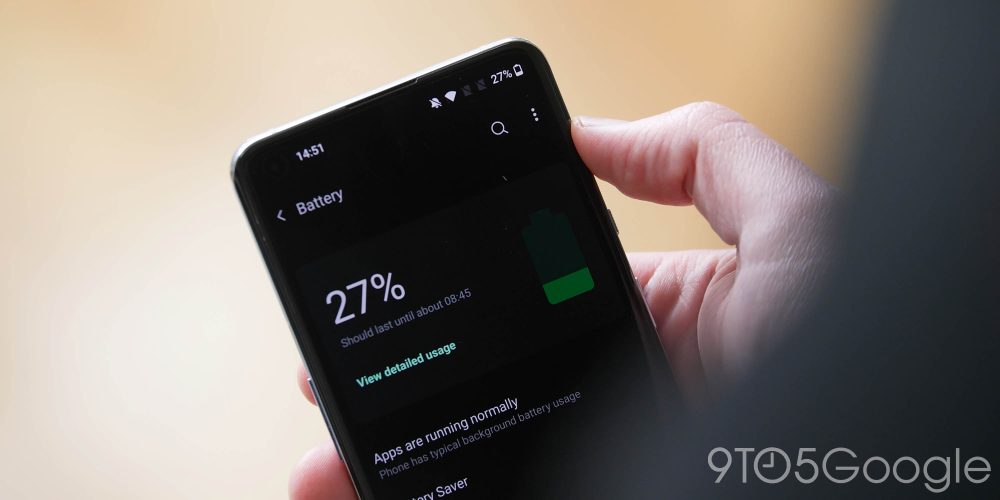
The OnePlus 9 Pro is not the killer Android that it may be marketed as, but it’s the best Pro-series OnePlus to date, but it doesn’t necessarily improve in quite as many ways as you initially thought.
We’ve seen the lines between OnePlus and Oppo blur increasingly in recent years, but 2021 provides the closest alignment between the two BBK-owned smartphone firms. Just what this means long term is not yet known, but OnePlus remains its own entity – at least for now.
Overview
Video — OnePlus 9 Pro review
Subscribe to 9to5Google on YouTube for more videos
Hardware & design
There is an assuring chunky feel to the OnePlus 9 Pro, which is something often missing on many Android smartphones. I can’t fault the design too much, although the Morning Mist color is arguably the worst in recent years. Think of a partially frosted mirror that picks up grime and fingerprints just as quickly, and this is what you’ll experience day-to-day.
You’re probably going to slap the OnePlus 9 Pro into a case anyway, and luckily the sandstone cases return here, which are among the best official cases for any smartphone. This is still a big, beastly slab that benefits from soft curves and well-placed buttons. You can barely feel the seams – while it’s a meaty device, it has great in-the-hand balance.
I personally wouldn’t call the design inspired, especially given the impressive finishes and tweaks of previous OnePlus smartphones. I think you can see the iPhone 11/12 inspiration on the rear camera module, but it’s fairly inoffensive. However, it is a large bump at the rear that means laying completely flat on a surface with no wobble is not possible.
There’s the added bonus of a full IP68 rating here again, for only the second time on a OnePlus device, too. Another important returning hardware feature is alert slider. It’s still a fantastic physical toggle that other OEMs need to take note of.
Overall, the design of the OnePlus 9 Pro retains much of what you’ve come to know and love from previous generations, but my personal advice would be to go for a better color than the glossy Winter Mist – in particular the Pine Green.
Display

A true standout of OnePlus devices in recent years has been the usage of high refresh rate AMOLEDs. This time around, the usage of an LTPO panel knocks things up another notch. The OnePlus 9 Pro can run at 120Hz at FHD+ and QHD+ resolutions, but this newer AMOLED has a proper dynamic refresh rate that can be set as low as 1Hz. This should have battery benefits, but I can’t say I even noticed it in action.
OnePlus also touts a 360Hz touch sampling rate, which again I can’t honestly say made majorly noticeable differences in my daily experience. The OS and 120Hz refresh rate are pretty sublime, and this is among the best displays I have used to date. It could even be the best smartphone display out there if only the Find X3 Pro hadn’t hit the market first.
I quite like curved displays – aesthetically I feel they look sleeker and in terms of usability – and it’s an area I haven’t had too many bad experiences. But having switched between the OnePlus 9 and 9 Pro, and my default Pixel 4a, I think I am starting to lean toward flat displays more predominantly. I’ve found that cradling in my right hand means I’m obscuring much of the bottom-right of the display.
OxygenOS 11 handles this very well. I have seen very few issues so far, with no phantom touch problems to speak of, but I can’t deny that a flat display proves easier to use. Part of this is due to the frankly awful pre-applied screen protector, which snags when swiping from the edges of the display. It’s nice to have one pre-applied, but I would suggest removing or replacing as soon as possible.
I found it picked up scratches after a few weeks of usage, which caused issues with the in-display fingerprint scanner – which itself is fast and accurate if you are more careful and avoid scuffing the pre-applied screen covering.
The fingerprint scanner positioning, to me is good as you don’t have to stretch to reach it. It’s lower than many other competitors, which does make it easier to activate, but you can end up in a precarious position if you have small hands.
Software & performance
OxygenOS 11 comes pre-installed on the OnePlus 9 Pro, and there are very few new additions to speak of. Many of the changes are related to the UI look and feel, which has changed somewhat since the heady days of the “clean” experience that OnePlus was once lauded for.
In reality, the experience is a hybrid of One UI and the original OxygenOS you’ve likely used before. Does it make a difference? Luckily, none of the high-performance you have come to know and love is degraded with this lick of paint. Bloat is still kept to a minimum, but there is more of a focus upon one-handed usability, with certain stock apps including more white space and with shifted UI portions.
The level of customization is still very good, but, genuinely, this is the exact same daily experience as you’ll find on the OnePlus 8T and just about every other OnePlus smartphone recently updated to OxygenOS 11 and Android 11. With flagship tier specifications, there is absolutely nothing that the OnePlus 9 Pro can’t do or that I would want to do on a modern smartphone. The 120Hz refresh rate is just the icing on an already super-fast cake.
At this stage, 13 devices since first coming to market, OnePlus performance levels are a known entity and a huge hardware overhead helps ensure long-term consistency. As our own Ben Schoon notes in his review of the smaller OnePlus 9, the ongoing software support situation needs to be improved. OnePlus’s insistence on using the OxygenOS Open Beta program to keep devices updated is something that needs to be fixed.
It’s simply not fair to expect owners to join what amounts to an ongoing software beta to get the latest security patches and certain software tweaks. Factor in that only two years of OS updates are promised – with a further year of security patches – and it’s becoming increasingly frustrating for owners to handover almost four figures for a OnePlus device given the software support on offer.
Sure, the OnePlus 9 Pro may get updated to Android 14, but as it stands the performance is good for now, but updates are a becoming a major sore point. This doesn’t diminish the current performance levels, which are simply sublime. It just tarnishes things somewhat.
Camera

The high-profile addition of Hasselblad to the OnePlus 9 series camera setup is a misnomer in many regards. Despite the “co-developed” suggestions from OnePlus, at this stage it’s merely a tuning partnership. Hasselblad helped tune the colors of the camera setup, which will undoubtedly expand over the coming years as the partnership grows.
Initially, I felt confused at the OnePlus 9 Pro camera setup. I couldn’t work out if it was exceptional or just well-tuned. The colors in some key scenarios are among the most color-accurate that I have seen from a smartphone, but I would call the consistency into question here and there.
This is at odds with OnePlus’s desire to shoehorn the OnePlus 9 Pro camera among the best in the business, but truth be told, it’s just a “solid” camera that isn’t quite up to the quality found elsewhere. Things are pretty good with the main 48-megapixel sensor, but the ultra-wide is where things shine for me. You may sometimes notice color-shift issues when switching between lenses.
You might not even spot the change in the viewfinder, but once you scroll between images, there can be some very distinct color differences. Let’s hope that OnePlus can resolve this with a software fix, as it’s problems with attention to detail that have really inhibited the quality of previous camera systems.
A major problem with older OnePlus smartphones is the over-sharpening, and it’s frustrating to see OnePlus falter in the same areas. You’ll often have a portion of an image that looks out of place, especially when noise is added to the equation. Luckily, the old “watercolor” effect isn’t as prominent here as it was on, say, the OnePlus 8 Pro or 8T.
The 3.3x telephoto zoom lens really doesn’t set the world alight either. It’s fairly solid up to 3x — as you’d expect — but then things rapidly fall apart. At 30x digital zoom, things are an absolute mess. Try not to go past 5x zoom unless you want muddy, pixelated, and halo-ridden stills.
I like the Hasselblad camera app tweaks, such as the orange shutter button and oddly addictive shutter sound. The Hasselblad Pro mode makes it easy to play around, make adjustments using the finer controls, and even shoot in 12-bit RAW, but is this a reason to pick the OnePlus 9 Pro over another device? Probably not.
Nightscape has improved a ton since it debuted on the OnePlus 6T. Is it the best night mode around? No, but it’s pretty darn good. I quite often hated how lens flares can ruin an otherwise decent night shot. It suffers when lighting fades just as much as it does in good, natural lighting.
A lot of these things sound like nitpicks, and, sure, that’s quite true. Just a little more time and effort would elevate the OnePlus 9 Pro into the same category as the likes of the Galaxy S21 Ultra and even Apple’s iPhone 12 Pro Max. It’s only disappointing as the hardware is clearly there. Images can be excellent, but it just falters where others excel. Fix the consistency, tune the post-processing, and the OnePlus 9T or 10 could be among the best.
Alternatively, OnePlus could just enlist the Oppo camera tuning team and just copy the next Find X camera system, but with a little Hasselblad hardware and it would surely be a winner.
I haven’t done a ton of video shooting on the OnePlus 9 Pro. Not because it isn’t capable, but because I have no reason to shoot video on my smartphone when I have far superior dedicated camera setup. That said, the video offering here is fairly plentiful and results stack up well against the competition.
Being able to shoot 8K at 30fps is really neat, but I believe this is upscaled from a lower resolution rather than the full-fat 8K. In 4K shooting modes, the colors can be bumped somewhat compared to when taking stills, but it’s still a pleasant overall look with solid OIS and EIS providing stable moving content. The excellent autofocus returns, meaning that if you are wanting to shoot video on your smartphone, the OnePlus 9 Pro is a good candidate.
Battery
If multiple-day battery life is an essential to you, then the OnePlus 9 Pro is not the device for you. The lifespan is not bad, it’s just not all that great. I think I expected more especially considering the LTPO panel should help reduce the refresh rate and save power at certain static screens.
Some days I would see five to six hours of screen-on time, whereas most days four hours proved to be my average. Screen-on time is a terrible metric, but it’s about the only way to give you an indication of what to expect.
What proved to be most frustrating was that daily longevity didn’t seem to vary much – at least in any meaningful way – when deviating from “general” usage. I mainly stick to browsing, texting, and video calling on my smartphone. Light gaming sessions are a cloud-gaming affair.
I would call the battery acceptable for the most part. I don’t get battery anxiety, but power users might want to look elsewhere. The charging times help alleviate many of the worries about longevity as 10 minutes on the 65W charger can give you nearly a full day without stressing about your battery percentage figures.
Add in the 50W wireless charging and you don’t have to hang around waiting for the what is a fairly large 4,500mAh battery to be topped up. I’m still of the opinion that wireless charging at this speed defeats the purpose of wireless charging in general, but I would be lying if I said it’s not cool to see the cable-free charging top-up the OnePlus 9 Pro faster than most other wired charging methods. Just what all of this fast charging will do to lifespan long term remains to be seen.
Final thoughts

Whereas the OnePlus 9 feels like a major step up over the OnePlus 8, the 9 Pro feels more modest in terms of an overall upgrade. The new camera hardware and features are not the industry-defining change that you might have anticipated before launch. I will commend the color tuning that Hasselblad has brought to the table, and it’s true that stills have taken a fairly major step forward, but even despite all the gesticulation, the OnePlus 9 Pro still isn’t able to truly compete with the best smartphone cameras on the market.
While the camera crumbles slightly under the weight of expectation, the pricing is quite competitive for the entire OnePlus 9 series — including the Pro. Performance is stellar, with absolutely no slowdowns or hold-ups to speak of. Just how OnePlus handles future software updates is where major question marks arise. Samsung’s resurgence in updates over the past 12 months puts the OnePlus on the back foot in an area where the firm once helped lead the charge.
There is no doubt that this is a good phone, but three core areas stop the OnePlus 9 Pro from being a contender for the outright “best Android smartphone” for me. Battery life is middling, software updates are unlikely to be prompt (or without issue), and the camera is inconsistent, to say the least.
OnePlus might want you to believe this is a killer flagship, but it’s just the best smartphone with the firm’s logo embossed upon it – at least for the next six months.
Where can I get the OnePlus 9 Pro?
You can order the latest flagship OnePlus device from the following retailers:
FTC: We use income earning auto affiliate links. More.





















Comments